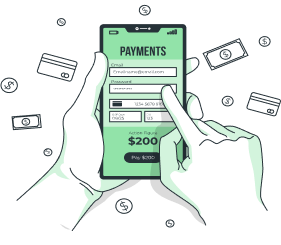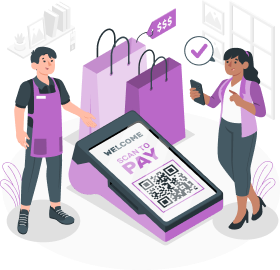- Preview Template:
- Selection: Users start by choosing a template from a collection of pre-designed options, such as fashion, jewelry, or electronics templates.
- Preview: Once a template is selected, users have the option to preview how their website or application will look using that specific template. This preview allows them to get an initial sense of the template’s layout, design, and overall aesthetics.
- Theme Alignment: Users can assess whether the chosen template aligns with their brand identity, industry, or specific goals.
- Customize Template:
- Personalization: After selecting a template, users can enter into a customization mode. This is where they can make changes to different aspects of the design to tailor it to their specific needs and preferences.
- Editing Tools: Common customization options include changing colors, fonts, images, and adjusting the layout. Users may also be able to add or remove sections, modify text, and incorporate their branding elements.
- Component Variations: Users often have the flexibility to choose from various components, allowing them to switch between different styles or variations within the template.
- Real-time Updates: Many website builders provide a real-time editing experience. This means that users can see the changes they make to the template immediately reflected in the preview, facilitating an interactive and dynamic customization process.
- Products

Create Store
Utilize GolbeFunction Quickly establish your online store and start selling products or services hassle-free. Launch with ease and efficiency.

Customization
Craft your dream project effortlessly with our versatile customization tools. Explore endless possibilities and make your vision a reality today.
Media Marketing
Transform your Media Marketing projects with ease using our versatile customization tools. Discover limitless possibilities and turn your vision into reality today.

Templates
Unleash your creativity with our intuitive design tools. Dive into limitless options and bring your unique vision to life effortlessly. Start crafting today!

Plugins
Enhance your website's functionality with our versatile range of plugins, designed to cater to your specific needs and elevate your online presence.
- Help
- Pricing
Edit Content
Edit Content

Create Store

Customization

Plugins
Media Marketing

Templates
Edit Content
Book a Call
Start your 15-days free trial
Start your 15-days free trial
The GlobeFunction website builder offers a complete solution from enterprise-grade infrastructure and e-commerce business features to advanced SEO and marketing tools–enabling anyone to create and grow online.
Copyright Ⓒ 2024 GlobeFunction. All Rights Reserved.
Made in









